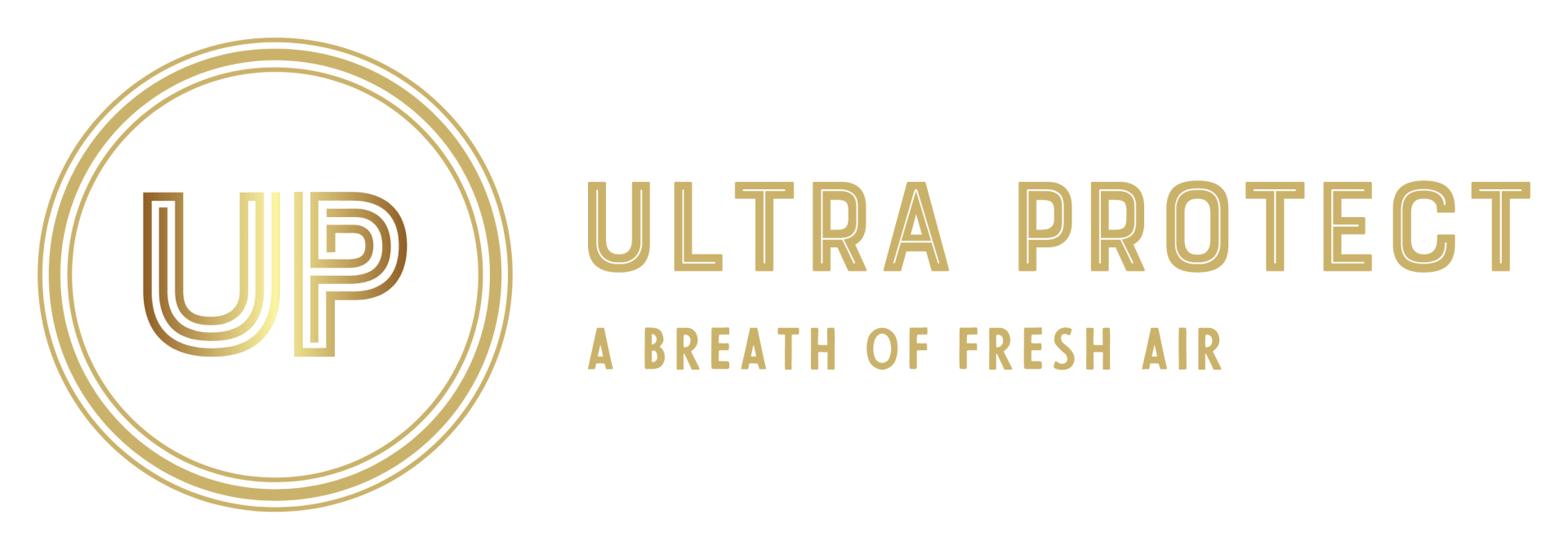This is a subtitle for your new post
Mould is one of those things that seems to plague you wherever you turn. From the food in your fridge to the walls of your home, mould is an unwanted fungus that nobody wants to come into contact with, due to the unsightly appearance and damage to property and possessions it can cause.
But it is more than just an annoyance, mould can have a detrimental effect on health, especially if exposed to it long-term. As a business owner, you have a responsibility for your employee’s and any visitor’s health while they are on-site, whether you are running a small shop or a large industrial factory.
But with modern technology, mould does not have to be something hidden away that you’re not even sure exists, but instead can be something that is quickly identified and solutions put in place to get rid of mould and make sure it does not develop further.
Here at Ultra Protect, we offer air quality assessments including mould services to ensure everyone’s health and wellbeing are not affected by it.
Read on to find out everything you need to know about mould assessments and surveys.
What Is Mould Defined As?
Mould is a type of fungus that can form on surfaces when mould spores land on them. These spores are invisible to the human eye, but as more accumulate they give a dust-like, coloured appearance. These colours are typically black, blue, red or green.
Mould growth indoors generally occurs when fungi colonise porous building materials. Mould can be caused by a great many things, but is more likely to thrive in moist conditions, which is why it can spread through properties quickly if there are issues such as damp, leaks, condensation or a lack of heating.
There are also plenty of lifestyle habits which can cause damp including drying clothes indoors, densely populated households and cooking/bathing without proper ventilation.
Other factors that many businesses face can include poorly maintained technology such as HVAC systems. Humidifiers and cooling towers, as well as damp duct insulation and filters. Even things like bird droppings and rodent issues can add to mould problems!
Fresh air and warm conditions are key to preventing mould from developing, however, in the UK climate this can be hard to achieve, which is why we see so many cases of damp and mould developing.
The Consequences Of Mould Exposure
Being exposed to mould and damp can have detrimental effects on your health, especially respiratory problems such as infections and asthma. Some people are more sensitive to the effects of mould than others, including babies, children, older people, those with existing skin and respiratory problems and those with weakened immune systems.
Mould can produce allergens, irritants and sometimes even toxic substances, all of which can have very negative consequences on your health. Some of these symptoms include:
● Sore throat
● Nausea
● Nose/Eye Irritation
● Coughing
● Sneezing
● Runny Nose
● Nose Bleeds
● Wheezing
● Coughing
● Skin Rashes
● Asthma Attacks
● Respiratory Infections
● Headaches
Sick Building Syndrome
Mould can be just one of the hazards that can lead to sick building syndrome. While not a recognised illness, it is normally defined as having multiple symptoms of discomfort that mostly seem to occur when in a particular building.
Sick building syndrome has no one cause but is often seen as a combination of poor cleaning, maintenance, air quality and ventilation. These can lead to mould spreading quickly throughout your premises, which can then lead to the symptoms associated with sick building syndrome.
Internal Air Quality Assessment
An internal air quality mould assessment, such as that offered by us here at Ultra Protect, is the best way to find out whether your premises are suffering from a mould issue and will help you figure out the next steps that need to be taken.
Our services ensure your premises’ air quality complies with HSE standards and the new Code of Practice for Indoor Air Quality, allowing you to stay compliant and minimise the health risks that mould can pose to you, your workers and any visitors.
Our air mould assessment service actually consists of five separate surveys:
● A survey to understand your concerns
● Internal air quality survey
● Mould identification survey
● Cause of mould survey
● Mould solution survey
With this extensive range of surveys, we will pinpoint the precise issues at your premises and recommend bespoke solutions to deal with them. This will include collecting samples, sending them for analysis, identifying the mould type and toxicity, identifying both infestation and exposure levels then finally providing a full report on the air quality, mould issues and our solutions.
Mould Solutions & Tips To Mitigate
Mould can be hard to deal with, however, there are plenty of solutions and tips to help you stop the spread and mitigate the effects of mould.
Air Purifiers
A great solution for removing the amount of mould spores in your property is by using air purifiers. The aim of an air purifier is to provide you with cleaner air, and it will help to filter mould spores out of the atmosphere by drawing contaminants into its filters. This purification also ensures excessive moisture is decreased, which means mould will be less likely to spread in that location.
Depending on the size of the purifier, you should be able to prevent mould growth in rooms of your property that may be more susceptible to mould growth such as unventilated storerooms or basement storage spaces.
Prioritise Ventilation
Ventilation is the key way to prevent mould from growing. So ensuring your premises, whatever size or shape, is properly ventilated is the best way to prevent mould from growing and spreading.
This can include keeping windows and doors open to create a good airflow throughout, and prioritising areas that are typically more damp such as kitchens and bathrooms. You’ll want to stop condensation, as mould can build up as a result of it.
This can be as easy as opening windows and regularly ventilating the premises to help air circulate. We recommend doing this in the morning to get rid of stale air that has built up overnight.
Dispose Of Mould
Mould can be disposed of by yourself or by professionals. Small patches are probably best to deal with yourself, but for larger jobs, you should consider a professional. Always wear goggles, gloves and a mask when disposing of mould, as mould spores can be disturbed while you’re working.
Mould can be removed with a simple mix of water and a mild detergent, or using a dedicated mould remover is probably the most reliable method. Dip a cloth and you should be able to wipe the mould off the wall - only wipe though, as brushing can release spores. Once you’re done use a dry rag to remove the rest of the moisture and dispose of the cloth you used.
If the mould has left an unsightly mark, you can then paint over it. But always make sure to kill the mould first, or else it will just reappear. Afterwards, you can use a specialist anti-mould paint to finish the job.
Assessments & Mould Services From Ultra Protect
If you are concerned about mould in your property, whether you operate a large industrial building or a smaller commercial place, it is vital to be proactive and deal with any issues before they develop further.
Mould inspection and assessment services from the team here at Ultra Protect can help you ensure your property is free of mould, and ensure the conditions that mould can thrive in are not present.
We have over 35 years of experience in the air quality industry, offering our services to the construction, education, healthcare, hospitality and retail businesses to ensure staff and visitors breathe clean air and are in no danger of the associated health risks.
If you’d like to find out more about preventing mould from forming or wish to book your mould assessment, get in touch with us today.







